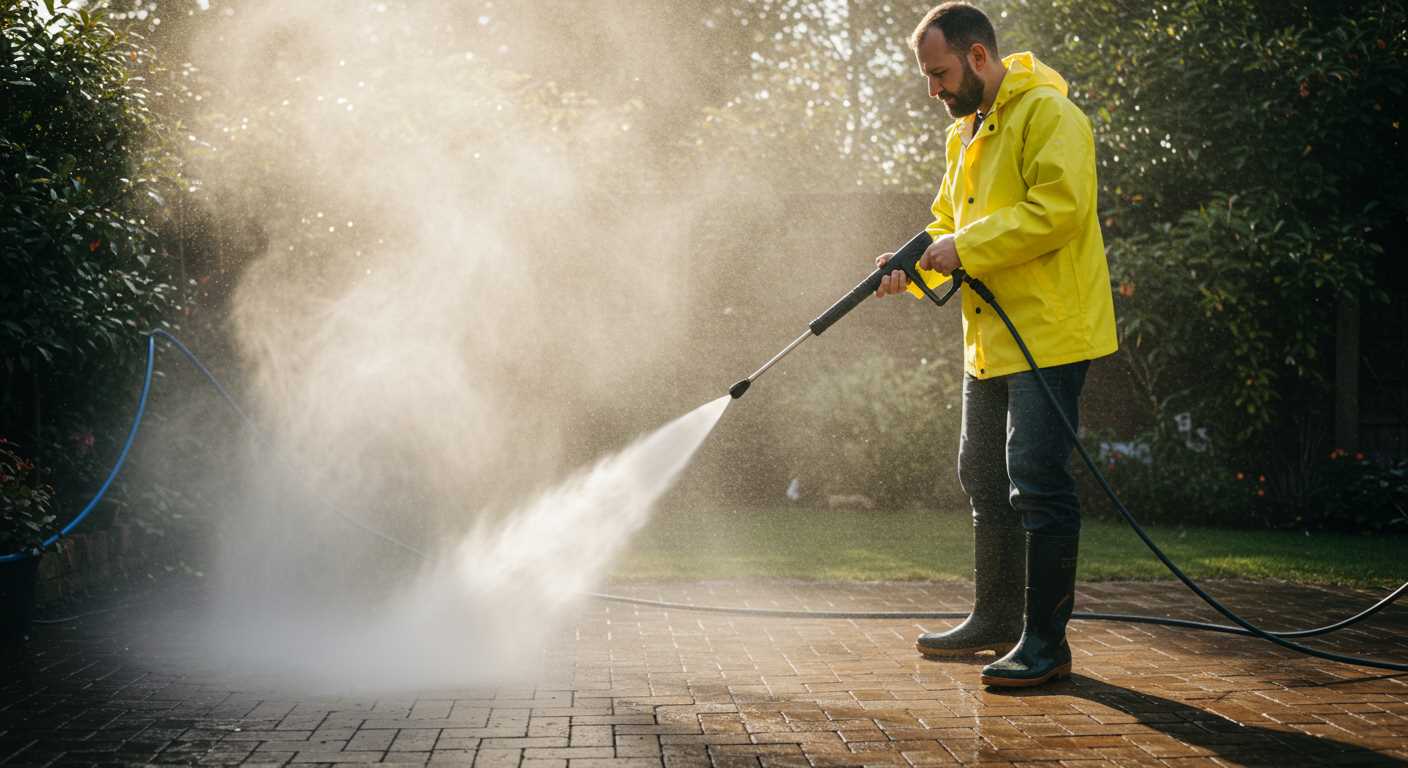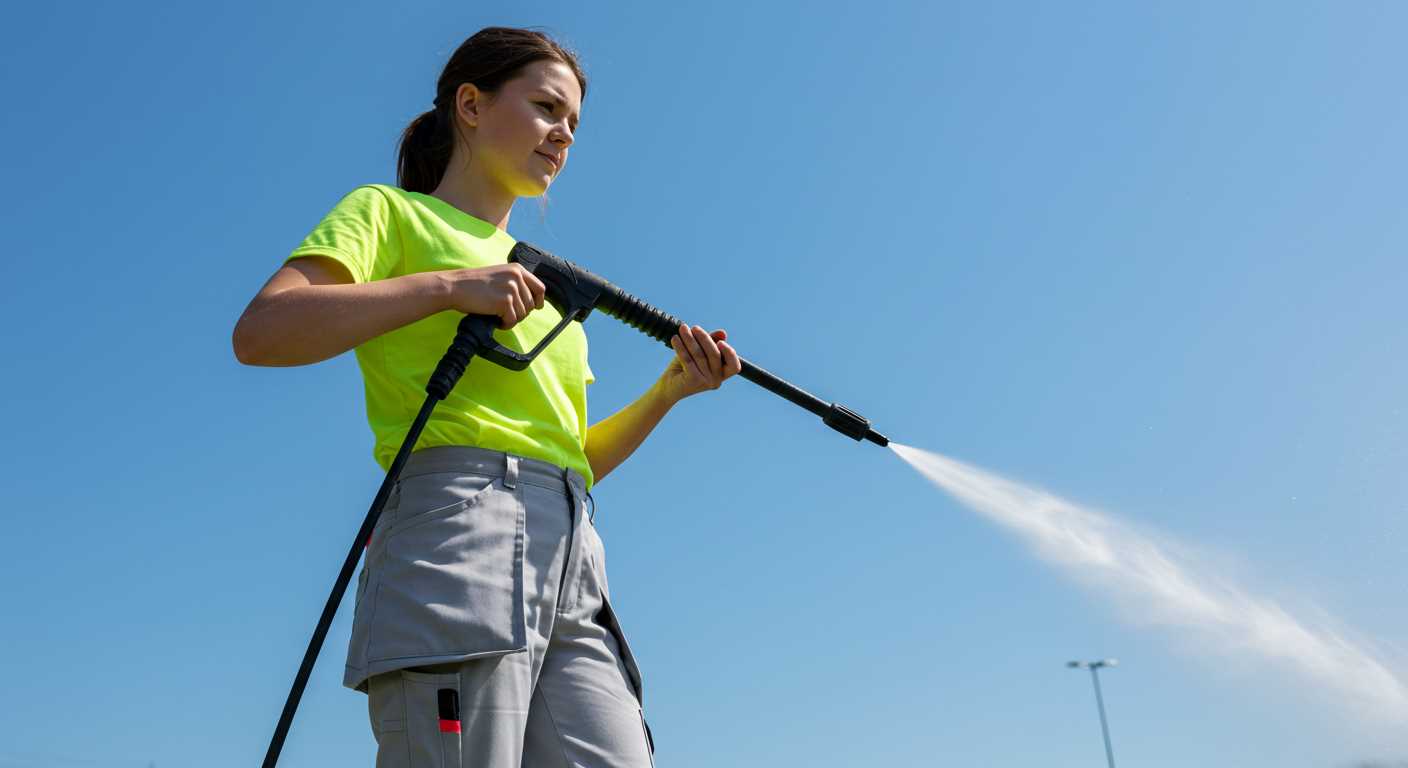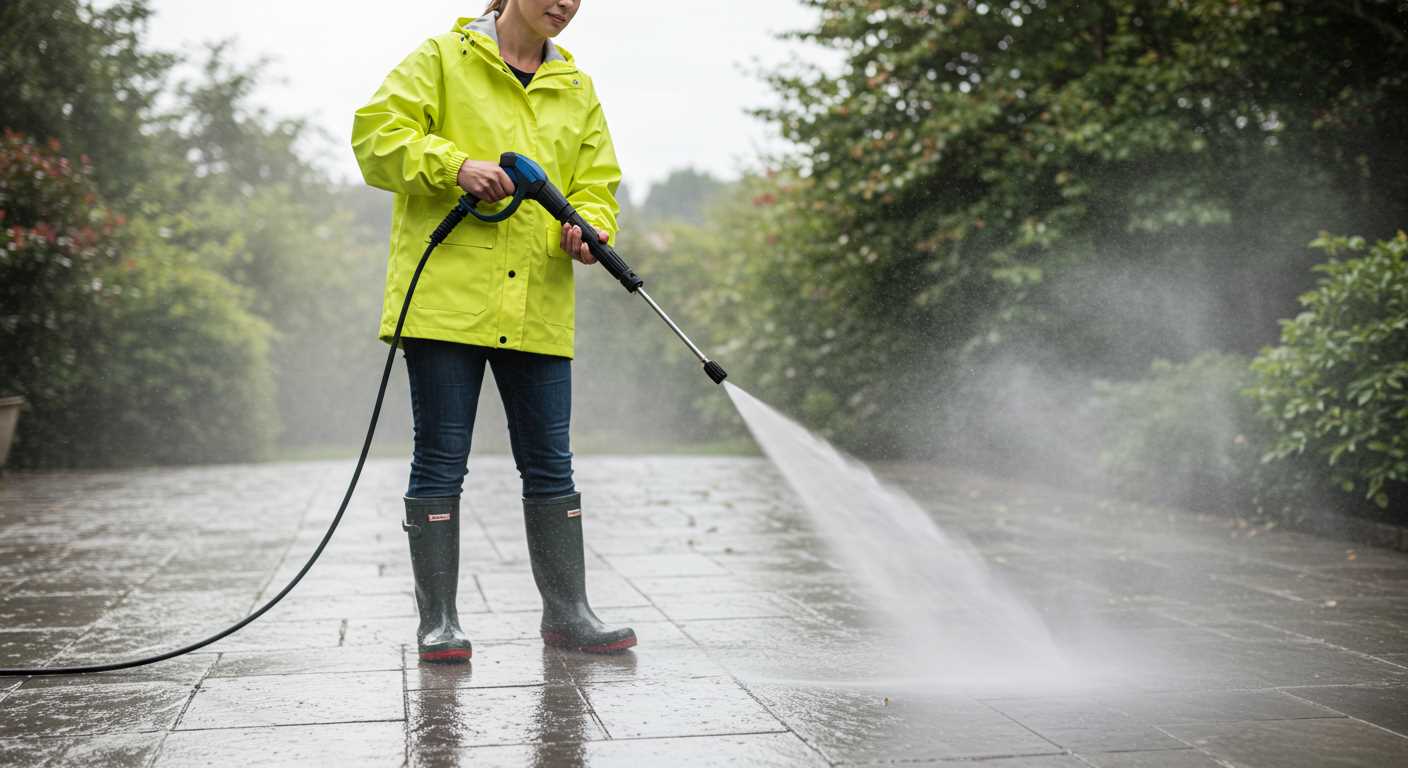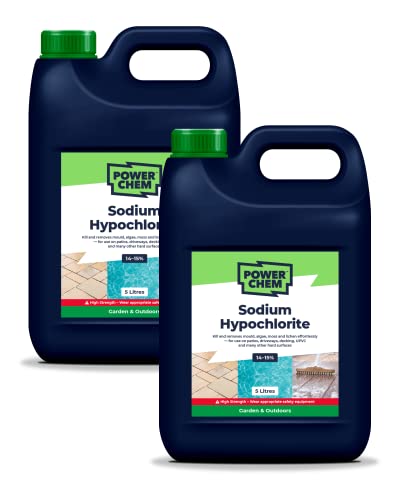



Start tackling grime and buildup on surfaces like driveways and patios with high-intensity cleaning devices. These machines excel at removing stubborn stains from concrete and paving stones, providing a remarkable transformation in no time. For wooden decks, the right nozzle can rejuvenate the surface, revealing its original beauty while ensuring it remains safe from rot and decay.
Fences, both wooden and vinyl, often bear the marks of weather and time. Through precise water pressure, achieving a fresh look becomes effortless. Those looking to refresh their vehicles will find that these tools are particularly effective at dislodging dirt accumulated over months, ensuring a thorough clean without risking damage to paintwork.
Garden tools and equipment also benefit greatly from a thorough wash, removing debris and dirt that can hamper their performance. Outdoor furniture requires regular maintenance, and high-pressure cleaning can restore it swiftly, making it an excellent solution for seasonal cleaning tasks.
Even tough surfaces like brick walls and pathways respond well; the intense jets remove moss and algae, enhancing curb appeal. The versatility of these devices extends to cleaning pool areas and outdoor spaces, creating an environment that’s both inviting and hygienic.
Driveways and Paths: Removing Stains and Grime
To restore driveways and paths, use a high-pressure cleaning system with a nozzle designed for hard surfaces. For the best outcome, a detergent specifically designed for outdoor surfaces is highly recommended.
Here’s a step-by-step approach:
- Preparation: Clear the area of debris, furniture, or any obstacles.
- Pre-treatment: Apply a suitable cleaner to break down grease, oil, or dirt. Allow it to dwell for about 10-15 minutes.
- Setting Pressure: Adjust the unit to the recommended setting, usually around 2000 to 3000 PSI for concrete.
- Technique: Begin washing from one edge and move systematically. Use a sweeping motion to cover the entire surface.
- Final Rinse: Make sure to rinse thoroughly to remove any residue from the cleaner.
Specific stains require attention:
- Oil and Grease: A degreaser applied before pressure washing will help in removing tough stains.
- Moss and Algae: Combining a cleaner with a high-pressure setting efficiently eradicates these contaminants.
- Rust Stains: Some specialised rust stain removers can be used prior to high-pressure cleaning for best results.
Afterwards, check for any remaining spots. If necessary, a spot cleaning method can be employed to tackle stubborn marks. Regular maintenance every few months can keep surfaces looking fresh and inviting.
Decking and Patios: Restoring Wood and Stone Surfaces
To rejuvenate wooden decks, select a nozzle that delivers a fan spray to avoid damage. Maintain a distance of around 20 inches from the surface, adjusting pressure based on the wood type; softer woods like pine require lower settings to prevent splitting. Begin from one end and proceed steadily to the opposite side for uniform results.
For stone patios, begin by clearing loose debris and vegetation. A turbo nozzle can provide an excellent cleaning experience. Maintain a distance of about 12 to 18 inches for optimal results. Using a cleaning solution specifically formulated for stone surfaces can enhance the effectiveness greatly. After application, rinse thoroughly to ensure no residue remains.
Aftercare and Maintenance
Once surfaces are clean, sealing treated wood can prolong its lifespan. Choose a water-repellent sealant that maintains the natural appearance. For stone surfaces, consider applying a stone sealer to protect against future staining and growth of moss or algae. Regular maintenance checks and cleaning will help keep your deck and patio looking new.
Safety Measures
Prioritise safety with the appropriate personal protective equipment (PPE). Safety goggles and gloves are essential. Ensure children and pets maintain a safe distance during the cleaning process. Proper handling of the equipment, including familiarising yourself with the manual, enhances safety and efficiency.
Vehicles: Safely Cleaning Cars, Bikes, and More
For maintaining the appearance of your vehicle, a high-pressure cleaner is invaluable. When using this tool on cars and bikes, it’s essential to keep the nozzle at a safe distance, ideally around 2 feet, to avoid damaging the finish. Begin with pre-soaking surfaces to loosen dirt and grime before applying any detergents.
Vehicles Maintenance Tips
Start at the top and work your way down, ensuring that the soapy water flows downwards, carrying away dirt. Pay special attention to wheel wells and undercarriages; these areas accumulate significant debris. Use a wide fan nozzle for broad cleaning and switch to a more concentrated one for stubborn spots.
For painted surfaces, I recommend using a mild detergent specifically designed for vehicles. This prevents stripping the wax or protective coatings. After washing, follow with a rinse to remove any residue, ideally using clean water with a lower pressure setting to minimise water spots.
Alternative Uses
Beyond cars and bikes, consider cleaning outdoor furniture, motorcycles, or even garden tools. Adapting the pressure level and using appropriate attachments for different materials ensures safety and effectiveness. Soft surfaces like plastic and rubber require particularly gentle settings to avoid damage.
Remember to always allow your vehicle to dry thoroughly after washing, as standing water can lead to streaks or corrosion over time. Regular maintenance not only enhances appearance but prolongs the lifespan of your vehicles.
Garden Furniture: Reviving Outdoor Seating and Tables
Thoroughly revitalising outdoor furniture begins with removing grime, mildew, and other stubborn stains. I recommend using a mid-range model with adjustable pressure settings to avoid damage while ensuring a thorough clean. Aim for a nozzle between 25 to 40 degrees for optimal results.
Cleaning Different Materials
For plastic chairs and tables, a gentle wash will effectively eliminate dirt. Direct the stream at a minimum distance of 30cm to prevent any potential scratching. For wooden furniture, keep the pressure low and use a fan spray. This method helps preserve the wood grain while clearing decades of build-up. Avoid prolonged exposure to the same area to prevent weakening the wood.
Finishing Touches
Rinsing the furniture after the main clean removes any detergent residue. Allow the items to completely air dry before applying any protective treatment, particularly for wooden surfaces. This not only enhances durability but also maintains the appearance for future gatherings.
Fencing and Walls: Eliminating Moss and Mould
For tackling moss and mould on fencing and walls, I recommend utilising a nozzle with a wide spray pattern. A more concentrated jet can cause damage to delicate surfaces, so adjust accordingly. Begin by applying a cleaning agent designed for outdoor surfaces; this will aid in breaking down stubborn growths. Let it sit for the time recommended by the manufacturer, typically around 10-15 minutes.
Next, use the machine on a medium setting of around 1200-1500 psi for most wooden and brick surfaces. Hold the nozzle at a 45-degree angle, keeping it approximately two feet away to avoid causing wear. Start from the top and work downwards; this ensures that debris doesn’t linger on already-cleaned areas. For larger projects, work in sections to maintain efficiency.
After initial treatment, inspect the surface. If any residues remain, a second application may be necessary. On particularly challenging areas, a rotary nozzle may provide the extra power needed to remove embedded contaminants. Keep an eye on surrounding plants and surfaces; a quick rinse can protect them from detergent overspray.
Regular maintenance will reduce the frequency of deep cleans. Consider scheduling treatments once or twice a year, depending on the local climate and growth patterns to keep your fencing and walls looking pristine.
Roofs and Gutters: Clearing Debris and Blockages

Utilising a high-pressure cleaner effectively removes leaves, twigs, and moss from roof surfaces. Opt for a nozzle that delivers a broader spray pattern to avoid damaging fragile materials. Keep the nozzle approximately 30 centimetres from the roof surface to achieve optimal results without stripping shingles.
Gutters Maintenance
Maintain clear and functional drainage systems by removing blockages with strong water streams. Insert a high-angled nozzle to direct the spray upwards along the gutter, dislodging accumulated debris. This technique ensures efficient water flow, preventing overflow and potential water damage to your property.
| Surface | Recommended Pressure Setting | Tips |
|---|---|---|
| Roofs | 1500-2000 PSI | Avoid direct exposure to shingles. Clear small sections at a time. |
| Gutters | 2000-3000 PSI | Use a turbo nozzle for effective debris removal. Wear goggles for protection. |
Regular cleaning helps extend the lifespan of roofing materials. Inspect your roof annually for signs of wear, and respond promptly to accumulated debris in gutters. This proactive approach significantly reduces the risk of major repairs in the long run.
Concrete and Brick Structures: Deep Cleaning for Curb Appeal

Transform concrete and brick surfaces by eliminating grime, algae, and stains with high-pressure techniques. This method revitalises patios, driveways, and pathways, significantly enhancing visual appeal.
Preparation and Technique

Begin by removing any furniture or obstacles from the area. Sweep up loose debris to prevent clogging during the process. It’s advisable to apply a suitable cleaner prior to using high-pressure equipment; this aids in breaking down stubborn contaminants. When ready, maintain a consistent distance of around 12 inches from the surface to avoid damage. Use a fan spray pattern to cover large areas efficiently while focusing on heavily soiled spots to restore their natural beauty.
Post-Cleaning Care
After treatment, inspect for any remaining stains or spots. If necessary, a second round with the equipment or spot cleaning may be required. Rinsing with clean water afterwards is crucial to remove any lingering chemicals. Regular maintenance will ensure that the surfaces remain pristine, preserving the fresh look for longer periods.









